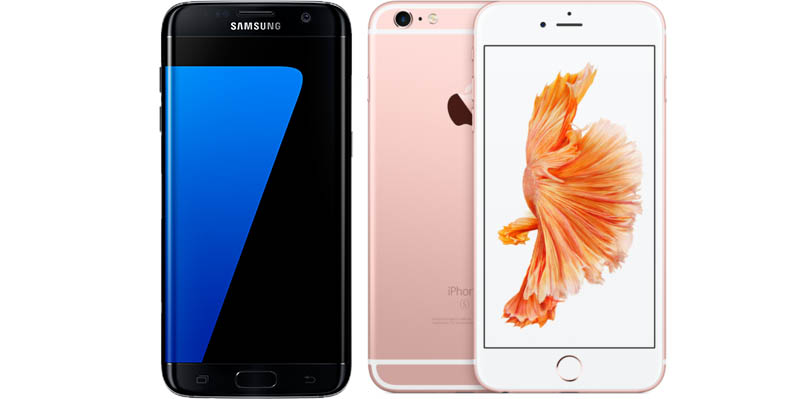DisplayMate Technologies has declared that Samsung’s new Galaxy S7 has the “best smartphone display” it has ever tested, making a strong case for Apple’s rumored shift to OLED displays within the next two to three years.

The in-depth display shoot-out found the Galaxy S7 display to be significantly better than the Galaxy S6, including increased brightness by up to 29 percent, improved screen visibility in bright environments, and more efficient power consumption.
The Galaxy S7’s display now matches or exceeds the larger Galaxy Note 5’s display in terms of brightness, color accuracy, and contrast rating in high ambient light. The results are impressive given the Galaxy S7’s display area is scaled down by 20 percent.
The Galaxy S7 also uses sub-pixel rendering, which improves image sharpness by treating red, green, and blue sub-pixels as individual image elements. DisplayMate says the technology can make the screen appear to have up to 3 times the resolution of traditional pixel rendering.
The improvements are directly tied to Samsung’s advancements in OLED display technologies, which have a number of significant advantages over LCD panels, including being thinner and lighter with thinner bezels, faster response times, better viewing angles, and always-on mode.
Many of the OLED performance advantages result from the fact that every single sub-pixel in an OLED display is individually directly powered, which results in better color accuracy, image contrast accuracy, and screen uniformity.
Because of their very flexible power management capabilities, OLEDs are not only more power efficient than LCDs for most image content, but they now deliver much higher peak Brightness than LCDs because of this. However, for mostly all white screen content LCDs are likely to remain brighter and more power efficient for a while.
Overall, OLED technology is becoming increasingly competitive with LCD technology. DisplayMate noted that LCDs remain more power efficient when displaying mostly white content, such as text on a white background, but OLEDs are more power efficient for more typical mixed image content.
iPhones have used various LCD display technologies since the original model launched in 2007, but multiple reports claim that the first OLED-based iPhone will be released by the end of 2018. By then, the display technology will likely have advanced even further, making it a suitable option for Apple.
Apple has reportedly been “consulting with display makers” about OLED technology to eliminate potential drawbacks, which currently range from shorter lifespans to higher manufacturing costs than LCD displays. Apple’s only current OLED product is the Apple Watch, which has a much smaller 1.4″ (38mm) to 1.7″ (42mm) screen.
Read more about OLED displays in DisplayMate’s Galaxy S7 shoot-out.
Discuss this article in our forums
Source: MAC ROUMORS
